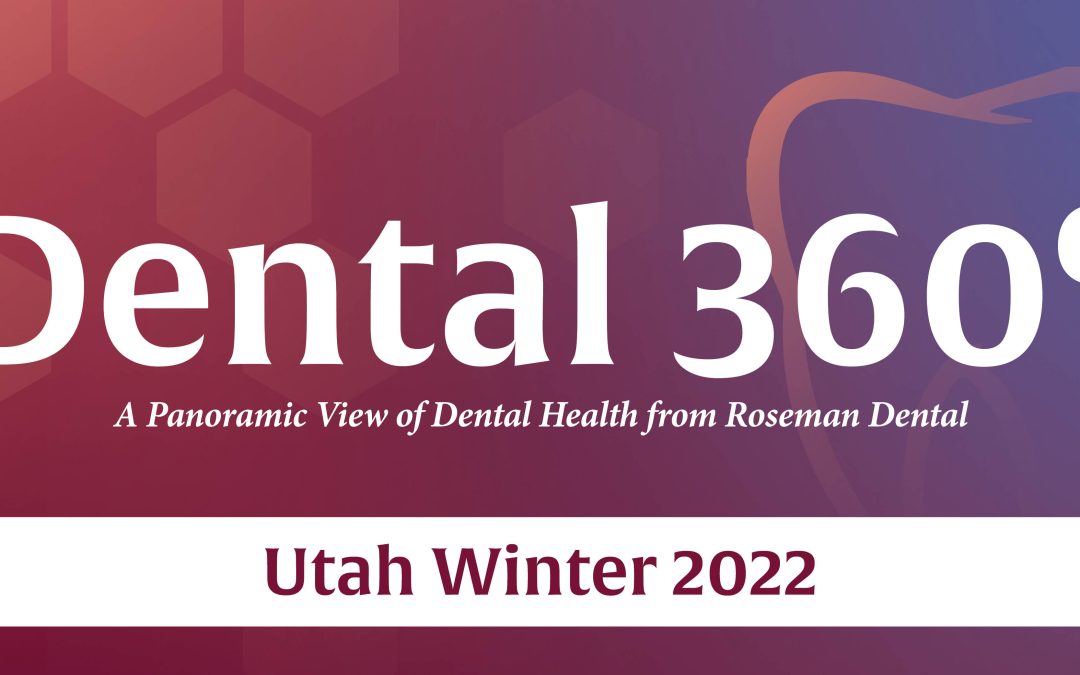
by Roseman Dental | Dec 12, 2022 | Dental 360, Dental Clinic Blog, Roseman Dental - UT
The holidays are here! In this Winter issue of Dental 360°, you’ll learn about the pros and cons of teeth whitening, find out how to tell the difference between a sinus infection and tooth pain, gain insight into the dangers of “button” batteries and mark your calendar for our annual Give Kids a Smile® event on the first Friday in February where we will be providing free dental screenings & cleanings to qualifying children ages 18 and under.
Roseman Dental’s Dental 360° is a monthly e-newsletter. Each month you’ll receive a panoramic view of dental health. Dental health is key to your overall health and here at Roseman Dental, we are dedicated to improving not only your mouth, but your whole self. At our clinic we have an excellent team of licensed dentists, dental residents and students, and dental assistants and hygienists all focused on you and your family’s oral health. We offer comprehensive care, are a one-stop shop for all your dental needs and offer dental care at a cost up to 50% lower than what you would find at a traditional dental office. Roseman Dental has been serving its community since 2011 and we look forward to continuing to serve you and your family.
We hope you find Dental 360° helpful and informative. We look forward to connecting with you each month.
Dental 360° Winter Articles
Teeth Whitening: The Pros & Cons
Can A Sinus Infection Lead to Tooth Pain?
The Dangers of “Button” Batteries
2023 Give Kids a Smile® Presented by Marathon Petroleum Corporation – Free Dental Screenings & Cleanings for Children 18 & Under
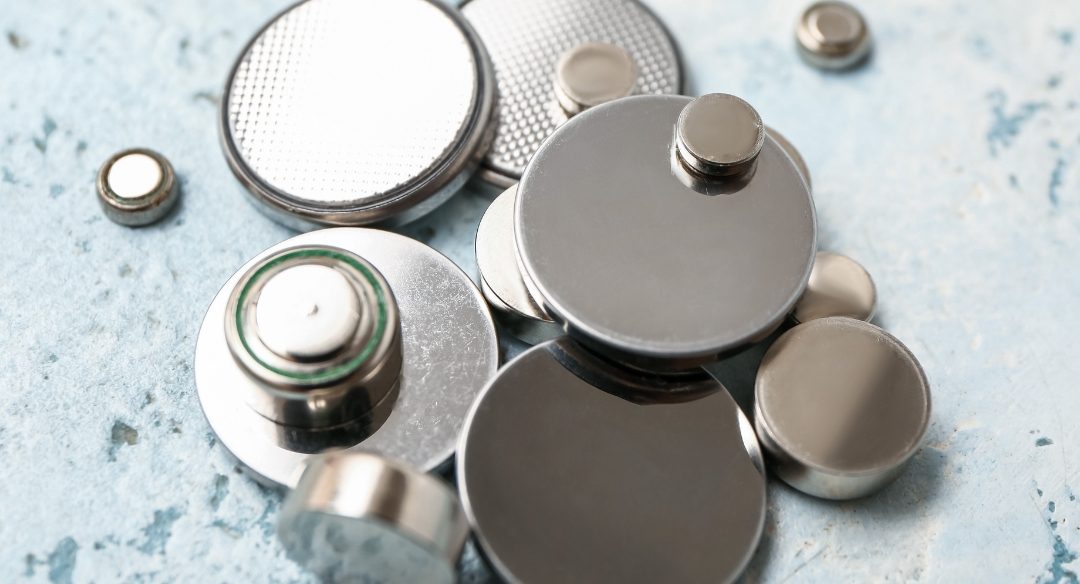
by Roseman Dental | Dec 7, 2022 | Dental 360, Dental Clinic Blog, Roseman Dental - NV, Roseman Dental - UT
The Costco Connection Magazine ran an article a few years back about keeping button-sized batteries out of reach for children and toddlers. While in residency, my husband Matthew cared for a one-year-old girl who accidentally swallowed a small battery. With all the saliva and mucous in the digestive system, electricity was conducted through the battery and the soft lining of her esophagus was burned. Over the following year, the toddler had to be put under general anesthesia three times to have her esophagus surgically repaired. Her surgeon believed that more operations would probably have to be planned in the future and the poor child would never have a completely normal digestive system again. This haunting case remained close to his heart for years.
With the holiday season here, it’s important to understand the dangers of batteries for small children. We all know they like to put everything in their mouths, especially if it’s small. In a technology focused world, a lot of electronic toys and devices require these small, but powerful lithium batteries including musical holidays cards which I am sure all of us will be receiving this month. If your child were to swallow one of these, it is imperative to go to the ER right away to get it removed. Even if it’s a dead battery, damage can still occur in as little as two hours.
Here is the article from Costco Connection Magazine:
“Keep Out of the Mouths of Babes” by David Wight
Small “button” batteries, found in countless home and personal electronic devices, represent a huge danger to children. Since 1985, more than 3,500 injuries and at least 17 deaths have been attributed to children swallowing button batteries, according to Energizer, a battery industry leader and a partner with Safe Kids USA in a child-safety advocacy group devoted to raising awareness of this threat.
Many homes have older devices not equipped with the more current safety approaches being used by manufacturers. Calculators remote control devices, cameras, penlights, hearing aids, cellphones, and watches are just a few of the devices that use button batteries, which can also be found in musical greeting cards.
Choking is not the danger. The big risk is the power emitted by these tiny but powerful lithium batteries. When combined with saliva or other body fluids, the result can be a serious burn. The battery doesn’t have to leaking for that to happen, and even a weak or dead battery will have enough of charge left to do damage.
Immediate action is required if you suspect a child has swallowed a button battery. It takes as little as two hours for a hole to be burned in or through a child’s esophagus, trachea, stomach or nasal-septum, leading to serious illness or even death.
If you think your child has swallowed a button battery or has placed one in his or her nose, seek medical attention immediately. Button batteries are visible on an x-ray. If one is detected in the esophagus, trachea, ear or nose, it must be removed as soon as possible to prevent serious injury.
Tips for a battery-safe home
- Keep spare or dead batteries as inaccessible to children as medications or products containing poison.
- Never let children play with batteries.
- If you have devices that use button batteries, make sure to secure the battery compartment from your child’s prying fingers. Extra layers of tape over the battery compartment door may prove effective.
Author: Dr. Alice Chen, DMD

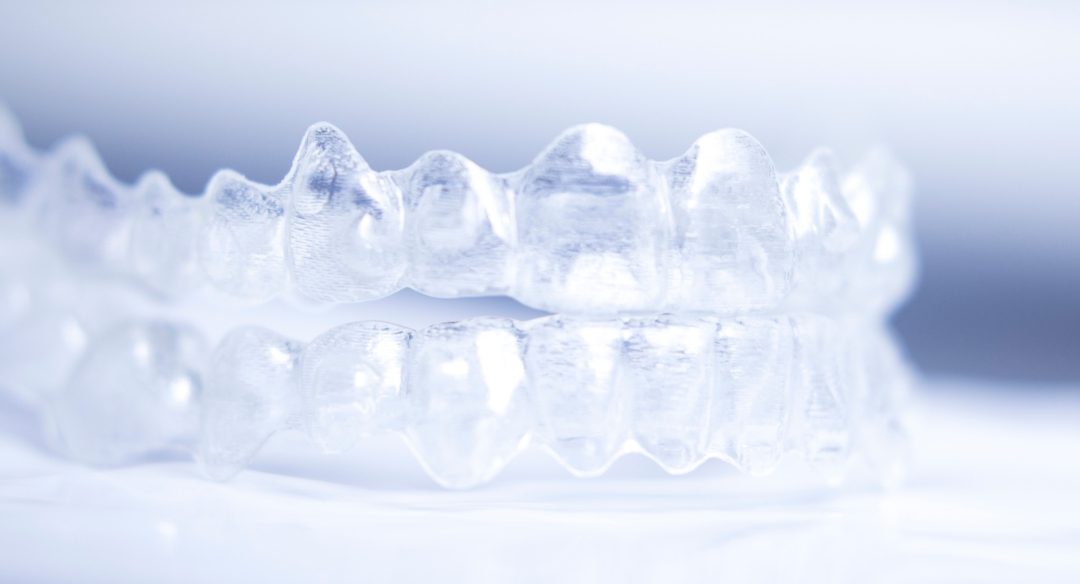
by Roseman Dental | Dec 6, 2022 | Dental 360, Dental Clinic Blog, Roseman Dental - NV
In today’s fast paced society, time seems to be in short supply. With more obligations than ever, people are always looking for ways to get what they need faster, cheaper, and more convenient than before. However, there are some instances, such as your health, where you may not want to choose the cheaper option.
Many patients interested in straightening their teeth have likely seen the ubiquitous advertising campaigns being pushed by so called “direct-to-consumer” aligner companies. These companies promise to straighten your teeth quickly from the comfort of your home for less money than getting treatment from a trained orthodontic specialist like those at Roseman Dental & Orthodontics.
Wow, cheaper and easier! Sounds great right? With such lofty promises, we understand that this may be a tempting option for many people looking to improve their smile. However, there can be many unintended consequences of treatment through DTC aligner companies that people are not aware of. There’s a reason no dentist or orthodontist would ever recommend mail order aligners to their patients! There are many crucial aspects of proper orthodontic treatment missing from mail order aligners, that can lead to very unsatisfactory outcomes, or worse – do permanent damage to your teeth and jaws! If you are interested in learning the differences between mail-order aligners and Invisalign treatment supervised by a trained orthodontic specialist, like here at Roseman Dental & Orthodontics, keep reading!
How DTC Aligner Companies Processes Work
When you begin treatment with a “DTC aligner” company, they will send you a kit to take an impression (or a mold) of your teeth at home, which they then use to fabricate custom aligners. In some cities (including Las Vegas!), these companies have opened small offices where you can go to have a digital scan (NOT an x-ray) of your teeth taken by an employee.
Once the tooth impression is completed, DTC aligner companies say that your case will be sent to a dentist to approve your case for aligner treatment, and they claim that only appropriate “mild to moderate” cases will be approved. In reality, nearly every case gets approved, regardless of complexity. At no point throughout the process has a patient been seen by a dentist involved in the orthodontic treatment.
After the case is approved by a remotely located dental professional, the aligner trays are manufactured and shipped directly to the patient. At the “completion” of the treatment, the patient has the option of getting rescanned or having retainers sent to them. Again, this is without ever having to see an orthodontist to evaluate the treatment progress or finish.
What DTC Aligner Companies Do Not Do
As stated earlier, there are some serious compromises to achieve the convenience of DTC aligners. For example:
- DTC aligner companies do not have x-rays to evaluate the teeth: X-rays are important to understand the limits of how far the teeth can move.
- DTC aligner companies do not evaluate for periodontal disease: Orthodontic treatment for patients with active periodontal disease can lead to worsening of the condition, loosening of the teeth, or worse, loss of teeth.
- DTC aligner companies do not conduct a dental exam: Dental exams are necessary to assess the patient’s overall needs, including restorations, extractions, and other needed dental work. Failure to do so can result in less-than-optimal results.
- DTC aligner companies have a very limited focus: There are many other issues involved in orthodontic treatment other than straightening the teeth. These issues can only be properly assessed through an orthodontic exam.
- DTC aligner companies have no oversight: Patients may not understand when things go wrong and treatment has to be recalculated. Imagine driving to your destination and making a wrong turn along the way – you will never get to your planned end point.
It is understandable to want to get something done “faster, cheaper & easier”, unfortunately healthcare, including dentistry and orthodontics, is not one of those that we should compromise on. DTC aligner companies have used this to their advantage, but the one adjective they have not incorporated is “better” – and that is not something to be compromised.
Roseman Dental & Orthodontics can help you achieve the smile you’ve always dreamed about. Utilizing advanced technology with new treatment methods, we will create individualized treatment plans based on the patient’s unique situations and treatment needs at costs up to 50% less than that of a private practice. Come in for an evaluation today.
Author: Dr. Anthony Decker


by Roseman Dental | Dec 6, 2022 | Dental 360, Dental Clinic Blog, Roseman Dental - NV, Roseman Dental - UT
The short answer is yes but distinguishing between the two can be tricky. Your dentist will be able to perform certain tests and take certain x-rays to determine if it is indeed a tooth causing your pain or a sinus problem mimicking tooth pain.
What are sinuses? Sinuses are interconnected spaces in the skull that all lead to the nasal passageways. Their job is to filter, moisten, and warm the air that you breath in. The largest sinuses in your head are a pair of sinuses called the Maxillary Sinuses. They are located just above your upper back teeth. In fact, the roots of the upper molars can often extend into the maxillary sinuses.
This means that whenever the sinuses are inflamed from infection (sinusitis/sinus infection) or seasonal allergies for example, the roots of the upper back teeth can be affected, resulting in tooth pain.
The opposite can be true as well. In the event that you have an infected upper molar, you can even develop a sinus infection that originates from the tooth. This further emphasizes the ambiguous relationship between the teeth and sinuses.
Although it is difficult to differentiate between tooth and sinus pain, there are some unique signs that point towards an issue in the sinuses:
- Sinus pain typically affects the upper molars. If your toothache is coming from a bottom tooth, then the sinuses are an unlikely cause.
- Usually more than 1 tooth on that side hurts and it can’t be narrowed down to a single tooth. Pain originating from a tooth is usually more intense and specific to 1 tooth.
- Sinus pain is often worse when you bend over, jump/stomp your feet, and lie down. Tooth pain on the other hand, is usually not affected by positional changes.
- Pressure around your cheek, eye, forehead, and nose.
- Mucous discharge that is thick and discolored. Nasal drip with a bad taste.
- Pain and a feeling of “fullness” in the ears.
- Altered sense of taste and smell.
- Runny or blocked nose.
If you have pain in your teeth, it is very important that you see your dentist as soon as possible for evaluation. Your dentist will be able to determine if the pain you are feeling is really from the teeth (cavities, gum disease, etc.) or from something else. If your dentist rules out teeth as the cause of pain, he/she may refer you to a physician for further evaluation.
If you can’t make it to your dentist and/or physician right away, these home therapies may provide some relief for tooth pain caused by sinus inflammation and pressure:
- Use saline to flush sinuses (Nasal Lavage).
- Drink a lot of water. Adequate hydration thins out mucous and allows for better drainage of the sinuses.
- Use air humidifier and make sure your head is tilted on your pillow when you sleep.
- Over-the-Counter Decongestants/Expectorants (i.e., Pseudoephedrine)
- Eat spicy food (if you can tolerate it).
- Your dentist or physician may prescribe you additional medications such as antibiotics, stronger decongestants, allergy medication, pain relievers, nasal steroid spray, etc.
If you have questions, if you are experiencing dental pain, or if you are overdue for a dental check-up, please schedule an appointment today!
Roseman Dental & Orthodontics (Henderson, NV)
Roseman Dental (South Jordan, UT)
Author: Dr.Matthew Thacker, DMD, BS

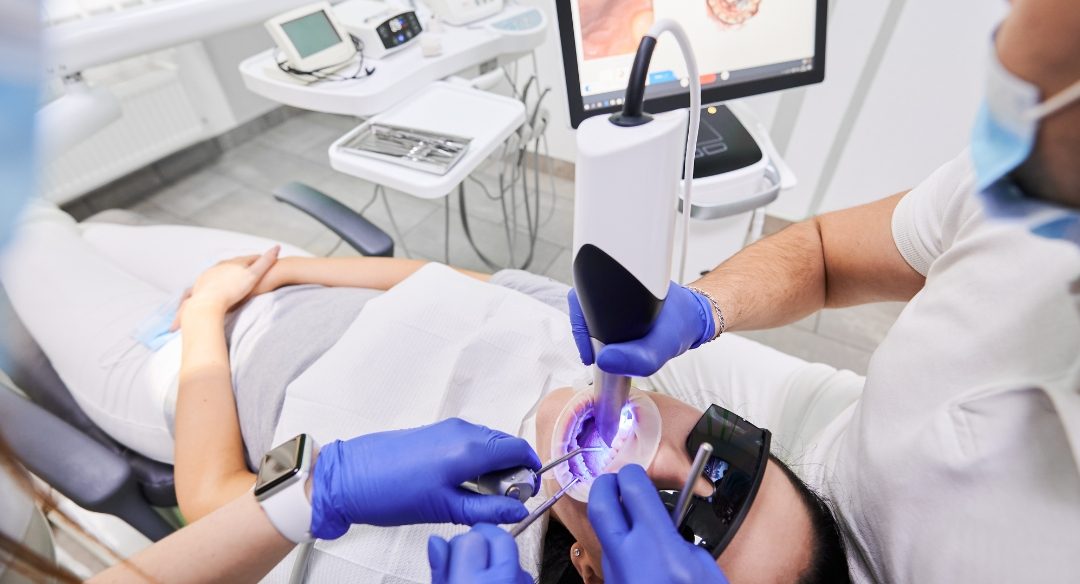
by Roseman Dental | Dec 6, 2022 | Dental 360, Dental Clinic Blog, Roseman Dental - NV
When a tooth has become damaged from decay or fracture, sometimes a crown (cap) is required to restore the tooth back to its full strength and chewing function. A crown is a covering that completely surrounds the part of your tooth that is above the gum line. The first stage of a crown procedure is called the “preparation” where the dental decay is removed, and the tooth is shaped so that it will fit perfectly inside of the crown.
At this point in the traditional crown process, an impression (mold) of the tooth would be taken and sent to an off-site dental laboratory, where the crown is fabricated. This process can take between 2-3 weeks. In the meantime, a temporary crown is made from acrylic (yes, the same acrylic that fake nails are made of) and cemented to the tooth with temporary cement. At the second appointment 2-3 weeks later, the temporary crown is removed, the tooth is cleaned, and the permanent crown from the lab is permanently cemented.
Recent technological developments in dentistry called Computer-Aided Design/Computer-Aided Milling (CAD/CAM), now allow us to manufacture permanent dental crowns in the clinic within minutes, as opposed to 2-3 weeks. This permanent crown is then cemented during the same visit as the crown preparation.
With the new CAD/CAM method, after the crown is shaped, a wand-like device called an intra-oral scanner is used to take 3D images of the crown preparation and surrounding teeth. After less than a minute, the computer connected to the scanner generates a 3D digital replica. While you are waiting, the software designs the crown to perfectly fit your tooth, bite, and esthetics.
A special block of dental ceramic (porcelain) is selected in a shade (color) that matches the color of the surrounding teeth for a completely natural appearance. This block is then mounted inside of the milling unit. The milling unit is a machine with 3 robotic arms, 2 of which have dental drills attached to them. The 3rd arm holds the ceramic block.
Once the crown design is transmitted from the scanning computer to the milling unit, the manufacturing process starts. In less than 10 minutes, the milling unit carves the crown out of the ceramic block. The finished crown is polished and bonded to the prepared tooth. No need for any additional appointments.
The advantages are, only 1 appointment is required, you only need to get numb once, and no time is spent wearing a temporary crown. Same-day crowns have been shown to be just as strong, natural in appearance, and long-lasting as traditional lab-made crowns.
Starting in February 2023, we are pleased to start offering same-day crowns at our Henderson, NV location – Roseman Dental & Orthodontics. We are excited to continue offering our patients the latest in dental technologies and treatment options. If you are in the Las Vegas Valley and are interested in seeing how same-day crowns can help restore your smile, contact us today!
Author: Dr.Matthew Thacker, DMD, BS

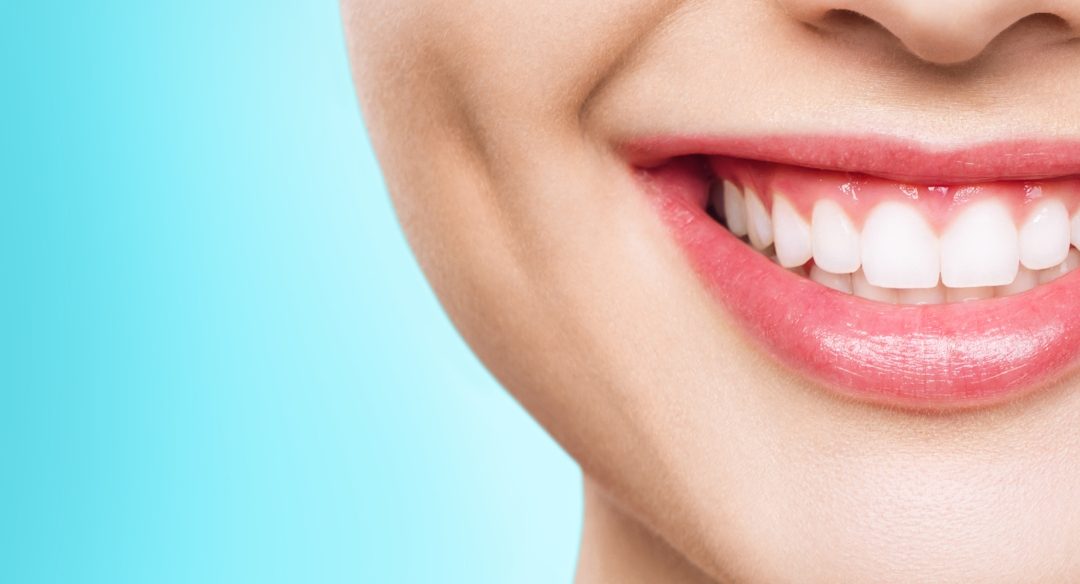
by Roseman Dental | Dec 6, 2022 | Dental 360, Dental Clinic Blog, Roseman Dental - NV, Roseman Dental - UT
Have you ever wondered what it would feel like to have a bright, white and beautiful smile? A radiant grin can be an instant boost of self-confidence and when we look our best, we can feel our best. Luckily, teeth whitening can help us achieve that dream smile that is easily achievable with the wide range of whitening options we have today. So, you may be wondering: what exactly is teeth whitening? Teeth whitening involves brightening one’s teeth while improving discolorations or stains left behind by certain types of foods and drinks we regularly consume. It is a popular and safe cosmetic dental procedure that typically contains one of two active tooth ingredients- hydrogen peroxide or carbamide peroxide, which break down teeth stains into smaller pieces and make discolorations less apparent.
To help you determine if teeth whitening is right for you, today, we’re focusing on some of the pros and cons of teeth whitening!
Pro: You will gain a boost of confidence.
The largest benefit of teeth whitening is cosmetic. Your teeth will appear brighter and more appealing which will give you that confidence to show off your pearly white smile. Having a smile you are proud of will also help you show up more confidently and be less self-conscious about your smile.
Con: You may experience mild to moderate tooth sensitivity.
When a high concentration of tooth bleach is used and applied for long periods of time, you may begin to experience mild to moderate tooth sensitivity as well as gum irritation. This is because some whitening treatments can be harsh on enamel, leading to an increase in sensitivity. Fortunately, this issue will typically resolve in a few hours or days and can be decreased with the use of sensitivity toothpastes such as Sensodyne.
Pro: You have a plethora of whitening options to choose from that are convenient, low-cost and safe.
There are many options for teeth whitening today and those can include at-home products, from strips to gels to trays, as well as whitening products that can be applied professionally at your dentist’s office. Since there is a variety of whitening options, you can comfortably choose the option that is most convenient for you!
Con: Results won’t last forever.
After your teeth are exposed to things like coffee, wine or tobacco, it is very likely that your teeth will begin to lose their brightness and may yellow over time. In order to maintain a bright, white smile, it is important that teeth whitening or touch-ups are redone periodically. Along with maintaining brightness, it is even more crucial to maintain healthy teeth by continuing to brush your teeth twice a day as well as floss daily.
Pro: Results from teeth whitening are fast.
With at-home whitening kits, application typically takes a short amount of time, and you can expect to start seeing results after only a few treatments. With professional teeth whitening, results are typically even faster and can be noticeable as early as a day after treatment.
Con: Teeth whitening will not change the color of your crowns and fillings.
Unfortunately, teeth whitening cannot brighten or change the shade of your existing dental work and may cause teeth to look patchy as your natural teeth change shades while your restorations remain the same color. Teeth whitening may also not be effective on all types of stains and discolorations; therefore, it is important to keep expectations of teeth whitening in check.
If you’re looking to brighten your smile and boost your confidence with a radiant grin, don’t hesitate to reach out to the us to further discuss the best teeth whitening options for you.
If you are interested in our recommended at-home whitening kit, we are currently offering the Opalescence Go Tooth Whitening Trays*, which are both affordable and convenient. All proceeds will go towards supporting the Class of 2023 orthodontic residents’ graduation fund. Happy whitening!
*These whitening kits are only available at our Henderson, NV location – Roseman Dental & Orthodontics.
Author: Dr. Joy Tawadrous













